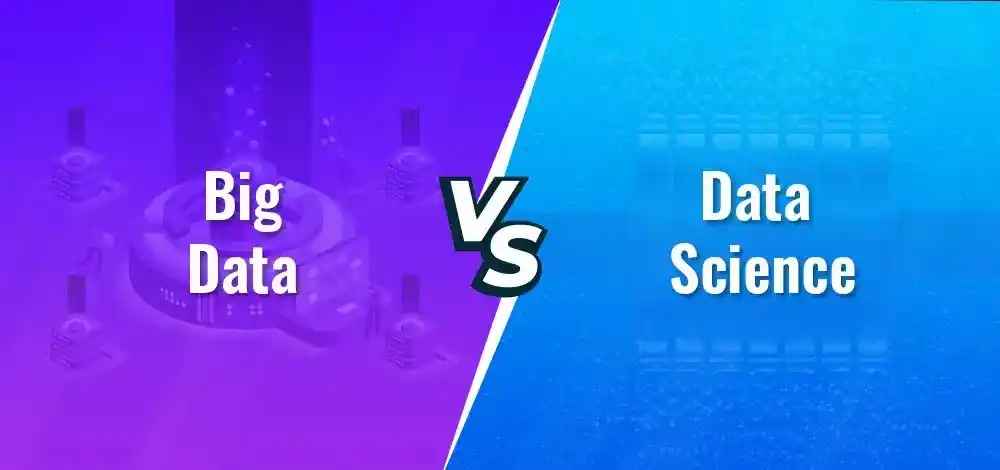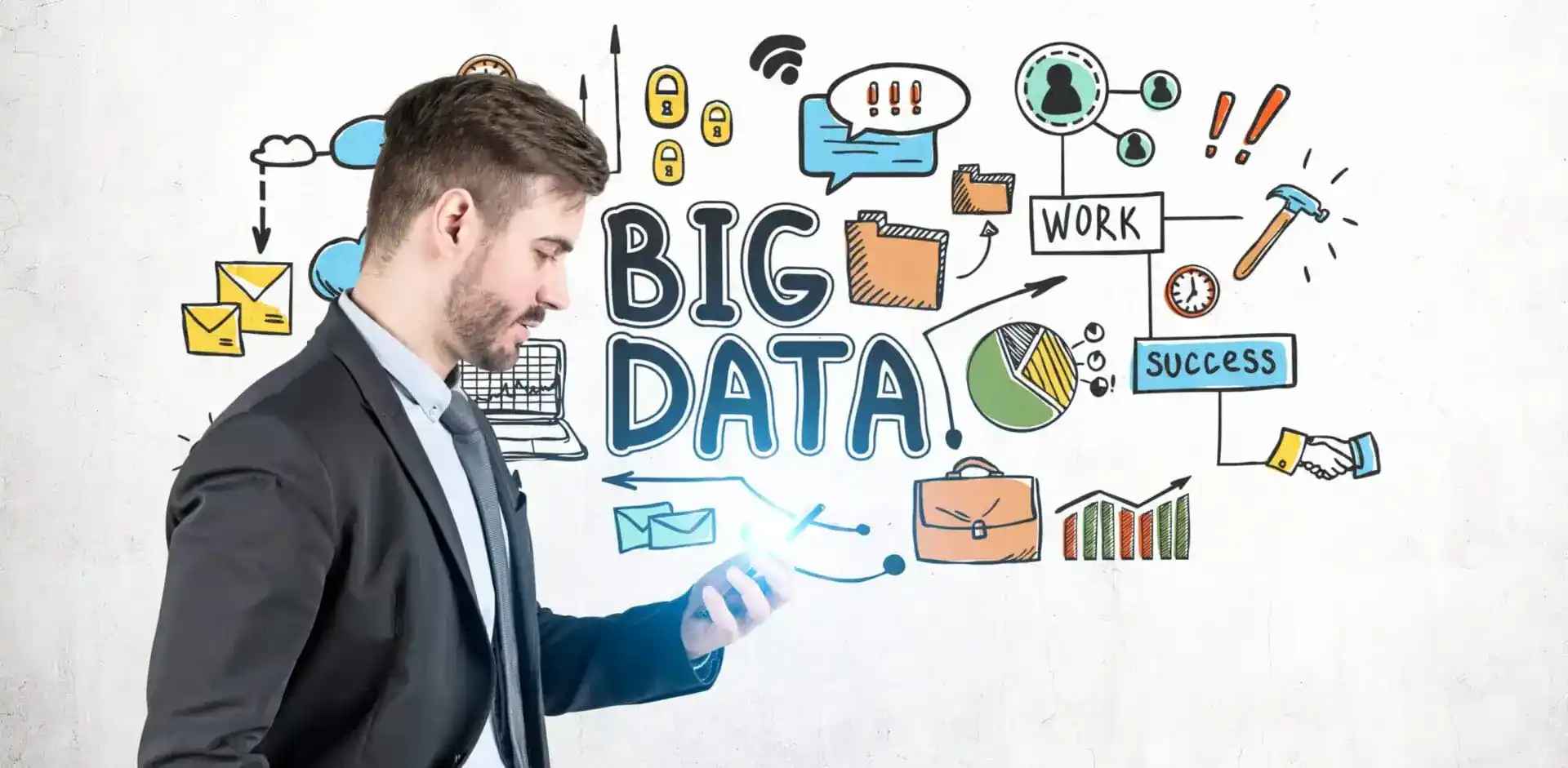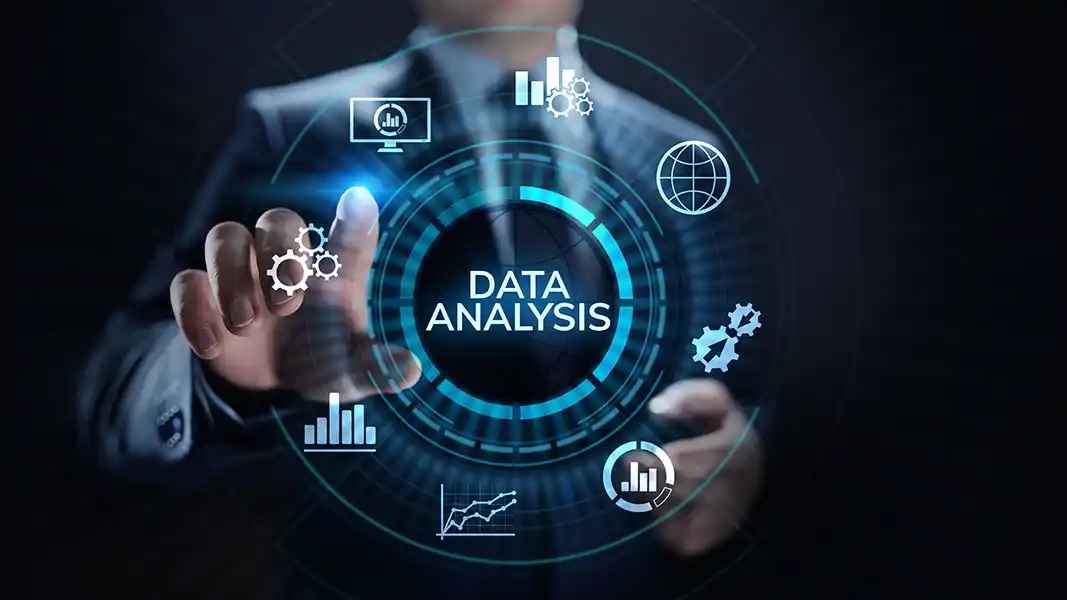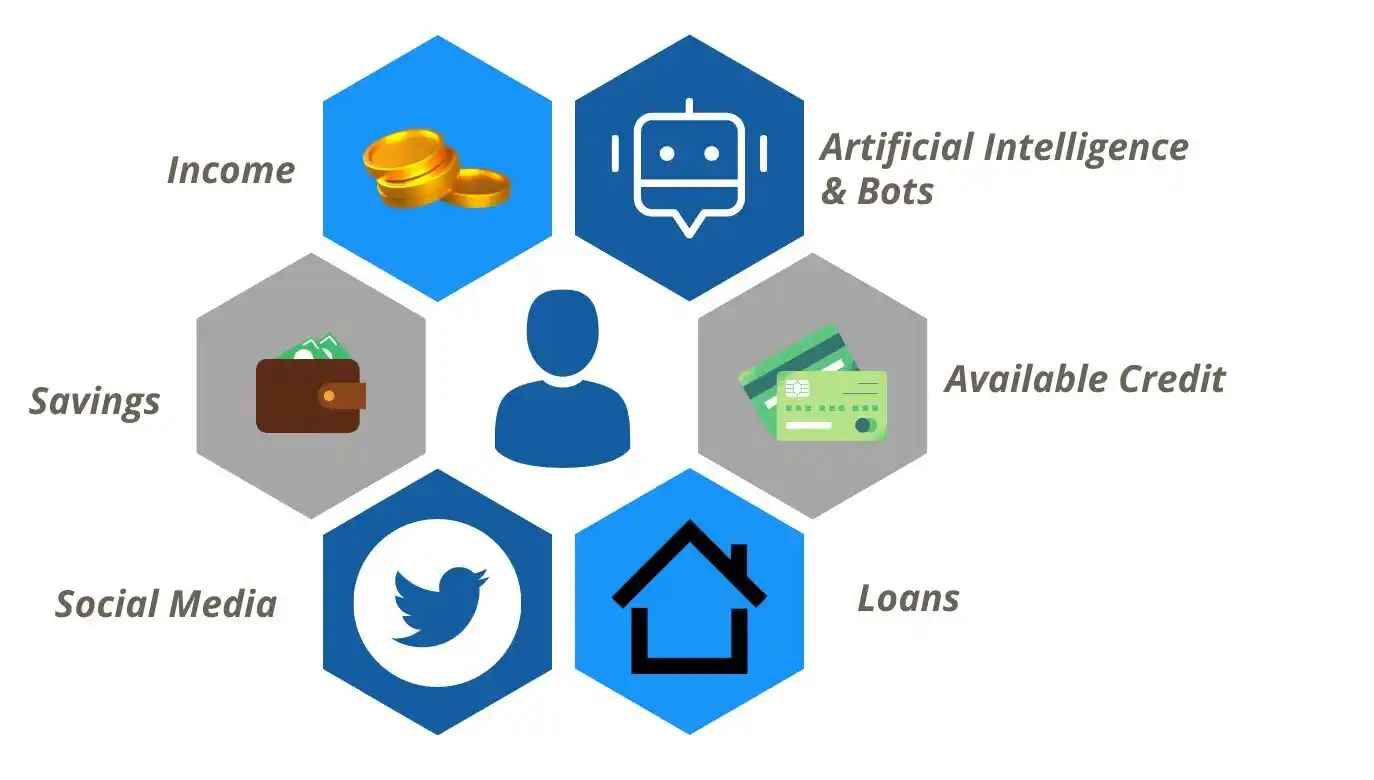Big Data vs Data Analytics: A Simple Comparison Guide
Updated on : 30 April 2025

Image Source: google.com
Table Of Contents
- 1. Introduction
- 2. What is Big Data?
- 3. What is Data Analytics?
- 4. Key Differences Between Big Data vs Data Analytics
- 5. Types of Big Data
- 6. Types of Data Analytics
- 7. Tools Used in Big Data
- 8. Tools Used in Data Analytics
- 9. Applications of Big Data
- 10. Applications of Data Analytics
- 11. Skills Required for Each
- 12. Use Cases and Examples
- 13. Conclusion
- 14. FAQs
Table Of Contents
Introduction
Ever wonder how companies like Netflix or Amazon know exactly what you want? 🤔 It’s all thanks to Big Data and Data Analytics! 💾📊 One handles tons of raw info, the other finds meaning. Together, they’re changing the world—let’s dive in!
What is Big Data?

Image Source: google
Big Data refers to extremely large and complex sets of data that are too big for traditional software to handle.
Key Points:
- Huge Volume: Data is collected from many sources like social media, sensors, apps, etc.
- High Speed: Data comes in real-time or very fast (e.g., live video or stock market feeds).
- Variety: Data can be text, images, videos, numbers, and more.
- Tools Needed: Special tools like Hadoop and Spark are used to store and process it.
- Purpose: To store, manage, and analyze data for insights and smarter decisions.
What is Data Analytics?

Image Source: google
Data Analytics is the process of examining data to find useful information, patterns, and trends that help in decision-making.
Key Points:
- Understanding Data: Helps make sense of raw data.
- Types of Analytics: Descriptive (what happened), Predictive (what might happen), and Prescriptive (what to do).
- Tools Used: Excel, Python, R, SQL, Power BI, etc.
- Goal: To turn data into actionable insights.
- Used In: Business, healthcare, sports, marketing, and more.
Explore Big Data and Data Analytics services in Hexadecimal Software
Key Differences Between Big Data vs Data Analytics
| ⚖️ Aspect | 📦 Big Data | 📊 Data Analytics |
|---|---|---|
| Definition | Large volumes of complex data | Process of examining and interpreting data |
| Focus | Storing and managing huge datasets | Extracting insights and trends from data |
| Data Type | Structured, semi-structured, unstructured | Mainly structured or processed data |
| Tools | Hadoop, Spark, NoSQL | Excel, Python, R, SQL |
| Goal | Handle and store massive data efficiently | Make smart decisions using data |
Types of Big Data
| 📂 Type | 📝 Description | 🧠 Example |
|---|---|---|
| Structured Data | Organized in rows and columns, easy to analyze | SQL databases, Excel sheets |
| Unstructured Data | No fixed format, harder to process | Videos, images, social media posts |
| Semi-Structured Data | Partially organized, not in traditional databases | XML, JSON files, emails |
Unlock Valuable Insights with Our Big Data Analytics services in Hexadecimal Software
Types of Data Analytics
| 📊 Type | 📝 Description | 🧠 Example |
|---|---|---|
| Descriptive | Explains what has happened | Monthly sales reports, website traffic stats |
| Diagnostic | Explains why something happened | Finding reasons for sales drop |
| Predictive | Forecasts what might happen | Sales forecasting, customer churn prediction |
| Prescriptive | Suggests what action to take | Product recommendations, route optimization |

Do you want Big Data services?
Tools Used in Big Data
Big Data tools are designed to store, process, and analyze massive volumes of data efficiently. These tools help handle structured, semi-structured, and unstructured data.
Key Tools:
- Hadoop: An open-source framework for storing and processing large datasets using distributed computing.
- Apache Spark: A fast processing engine for big data analytics, great for real-time tasks.
- Hive: A data warehouse tool built on Hadoop that uses SQL-like queries.
- HBase: A NoSQL database that stores huge amounts of sparse data.
- Kafka: A platform for handling real-time data streams.
- MongoDB: A NoSQL database used for storing unstructured data.
You Might Also Like
Tools Used in Data Analytics
Data Analytics tools help transform raw data into meaningful insights through analysis, visualization, and reporting.
Key Tools:
- Excel: A powerful tool for data manipulation, analysis, and visualization.
- Python: A programming language with libraries (like Pandas, Matplotlib) for data processing and visualization.
- R: A language and environment for statistical computing and data visualization.
- SQL: A query language for managing and extracting data from relational databases.
- Power BI: A business analytics tool by Microsoft for visualizing and sharing insights.
- Tableau: A tool for interactive data visualization and business intelligence.
Applications of Big Data

Image Source: google
| 🌍 Application | 📝 Description | 💡 Example |
|---|---|---|
| Healthcare | Analyzing vast amounts of patient data to improve treatments | Predicting disease outbreaks, personalized medicine |
| Retail | Enhancing customer experiences and optimizing inventory | Customer recommendation systems, demand forecasting |
| Finance | Improving decision-making and risk management | Fraud detection, algorithmic trading |
| Smart Cities | Improving city management and services with real-time data | Traffic monitoring, smart energy grids |
| Manufacturing | Optimizing production and minimizing downtime | Predictive maintenance, supply chain optimization |

Do you want database management support?
Applications of Data Analytics

Image Source: google
| 🌍 Application | 📝 Description | 💡 Example |
|---|---|---|
| Marketing | Improving customer targeting and campaign performance | Customer segmentation, ad personalization |
| Healthcare | Optimizing treatment plans and predicting outcomes | Predictive analytics for disease prevention, treatment effectiveness |
| Finance | Enhancing decision-making and risk management | Credit scoring, fraud detection |
| Sports | Analyzing player performance and game strategy | Player stats analysis, injury prediction |
| Retail | Optimizing inventory and improving customer experience | Demand forecasting, customer behavior analysis |
Skills Required for Each
Skills Required for Big Data
Big Data professionals need to handle large, complex data sets and work with distributed systems.
Key Skills:
- Programming: Knowledge of languages like Java, Python, or Scala.
- Big Data Technologies: Experience with Hadoop, Spark, Kafka, NoSQL databases.
- Data Management: Expertise in data storage, retrieval, and processing.
- Cloud Computing: Familiarity with cloud platforms like AWS, Azure.
- Data Visualization: Using tools like Tableau to present findings.
Skills Required for Data Analytics
Data Analysts focus on processing and interpreting data to derive actionable insights.
Key Skills:
- Programming: Proficiency in Python, R, SQL for data manipulation.
- Statistical Analysis: Strong understanding of statistics and methods.
- Data Visualization: Using tools like Power BI, Tableau, or Matplotlib.
- Business Acumen: Understanding business needs and objectives.
- Communication: Ability to clearly present data insights to non-technical stakeholders.
Use Cases and Examples
| 🌍 Use Case | 📝 Description | 💡 Example |
|---|---|---|
| Healthcare | Using data to predict diseases and personalize treatments | Analyzing patient data for early disease detection and custom treatment plans |
| Retail | Enhancing customer experience with personalized services | Recommending products based on purchase history and browsing behavior |
| Finance | Detecting fraud and managing financial risks | Monitoring real-time transactions for fraud detection |
| Smart Cities | Optimizing urban infrastructure and services | Using traffic data to manage congestion and optimize public transport |
| Marketing | Analyzing consumer behavior to improve targeting | Customer segmentation for personalized advertising campaigns |
| Sports | Improving player performance and strategies | Analyzing player stats to prevent injuries and improve game strategies |
| Finance (Analytics) | Optimizing financial decisions and risk management | Predicting stock market trends using historical data |
| Retail (Analytics) | Optimizing sales and inventory management | Demand forecasting to avoid overstocking or understocking products |
Google Cloud Service: Secure and Scalable Solutions for Your Business
Conclusion
| ⚖️ Aspect | 📦 Big Data | 📊 Data Analytics |
|---|---|---|
| Focus | Handling and processing large volumes of data | Extracting actionable insights from data |
| Goal | Efficient storage, management, and real-time processing | Analyzing data for smarter decisions and predictions |
| Application | Used in industries like healthcare, finance, retail | Helps businesses improve targeting, forecasting, and strategy |
| Tools | Hadoop, Spark, NoSQL | Python, R, SQL, Tableau, Power BI |
| Key Benefit | Enables organizations to manage complex data sets | Transforms data into useful, actionable insights |
FAQs
Q.1. What is Big Data?
A : Big Data refers to large, complex datasets that require special tools for processing.
Q.2. What is Data Analytics?
A : Data Analytics is the process of analyzing data to uncover insights and make decisions.
Q.3. Difference between Big Data and Data Analytics?
A : Big Data is about handling large datasets, while Data Analytics focuses on analyzing that data for insights.
Q.4. Why is Big Data important?
A : It allows organizations to process and analyze vast data for better decision-making.
Q.5. Tools for Big Data?
A : Tools like Hadoop, Spark, and NoSQL help process Big Data.
Q.6. Tools for Data Analytics?
A : Python, R, SQL, Tableau, and Power BI are used for data analysis.
Q.7. Can Data Analytics work without Big Data?
A : Yes, but Big Data tools help with larger datasets for real-time analysis.
Q.8. Which to learn first—Big Data or Data Analytics?
A : It depends on your interest: Big Data for infrastructure, Analytics for insights.





